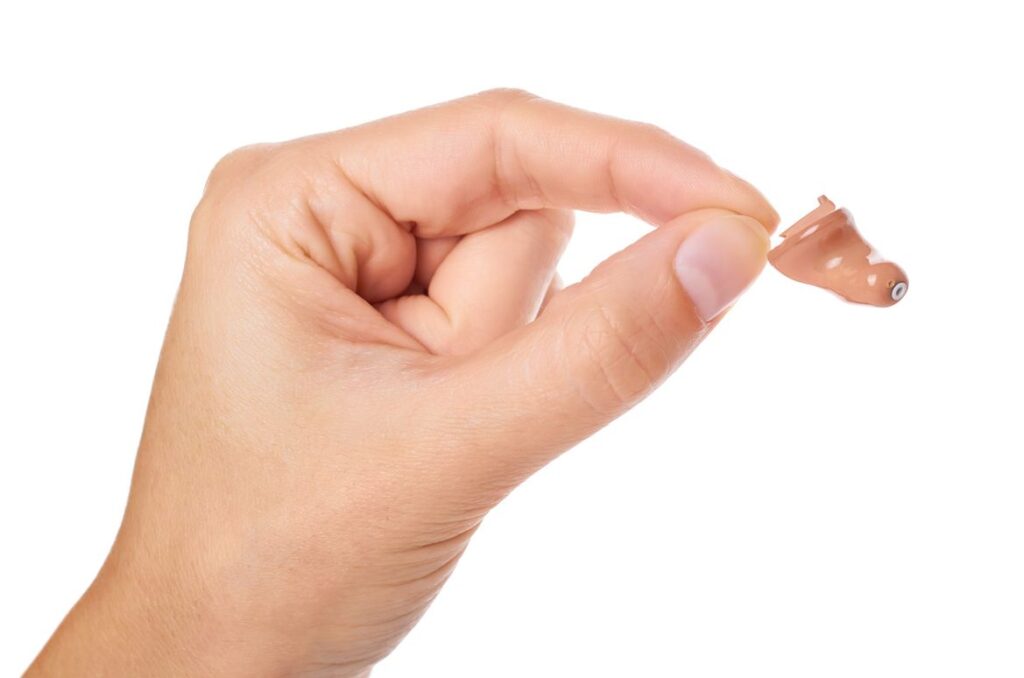Choosing the Correct Hearing Aid

Since hearing aids are available in a variety of sizes and offer different features, choosing the correct model depends on the type of hearing loss and the wearer’s preferences when it comes to comfort, appearance, and performance. Here’s a look at some of the most common styles of hearing aids and how they operate.
Completely-in-the-Canal and in-the-Canal Hearing Aids
As their names imply, completely-in-the-canal (CIC) and in-the-canal (ITC) hearing aids are custom-molded to fit comfortably inside the wearer’s ear canal. Both CIC and ITC hearing aids help with mild to moderate hearing loss, and both are designed with low visibility in mind. CIC models are very small and discreet, but they also have limits when it comes to battery life and extra features. Since ITCs are larger and only partially inside the wearer’s ear canal, they are more visible than CICs, but they can also handle extra features like volume control that CICs can’t.
In-the-Ear Hearing Aids
Custom-molded, in-the-ear (ITE) hearing aids fit into the wearer’s ear in two different ways: either by filling most of the hollow region of the outer ear (known as full shell) or by filling just the lower half of that region (known as half shell). ITE hearing aids are larger and more visible than CIC and ITC models, but this allows them to have even more added features, including volume control and much better battery life. These models are also often easier to remove, put back in, and maintain due to their location in the ear and larger size.
Behind-the-Ear Hearing Aids
Behind-the-ear (BTE) hearing aids have a segment that reaches over and around the top of the ear and a small tube that connects to the earpiece, which fits inside the ear. As with CICs, ITCs, and ITEs, the earpieces in BTE hearing aids are custom-fitted to sit comfortably and snugly in the wearer’s ear, but they’re able to help with virtually all levels of hearing loss. Additionally, since BTE hearing aids are larger than other models and can be removed easily, they are easier to clean, maintain, and may help wearers resolve common hearing aid issues.
Receiver-in-the-Canal Hearing Aids
Receiver-in-the-canal (RIC) hearing aids also have a segment that is on top of the ear which leads to a receiver and is placed in the ear canal which is attached to the piece on top of the ear by a thin wire. They are designed to be a very comfortable and very cosmetically appealing option for many patients and can help with most types of hearing loss. These devices also have the ability to wirelessly connect to a variety of Bluetooth devices.
Our team at Hearing Consultants can help you to find the perfect style of hearing aids for your needs and preferences. To schedule an appointment, contact us online or call 719-633-1494 today.
Image attribution: Image licensed through Adobe Stock Images by the client
